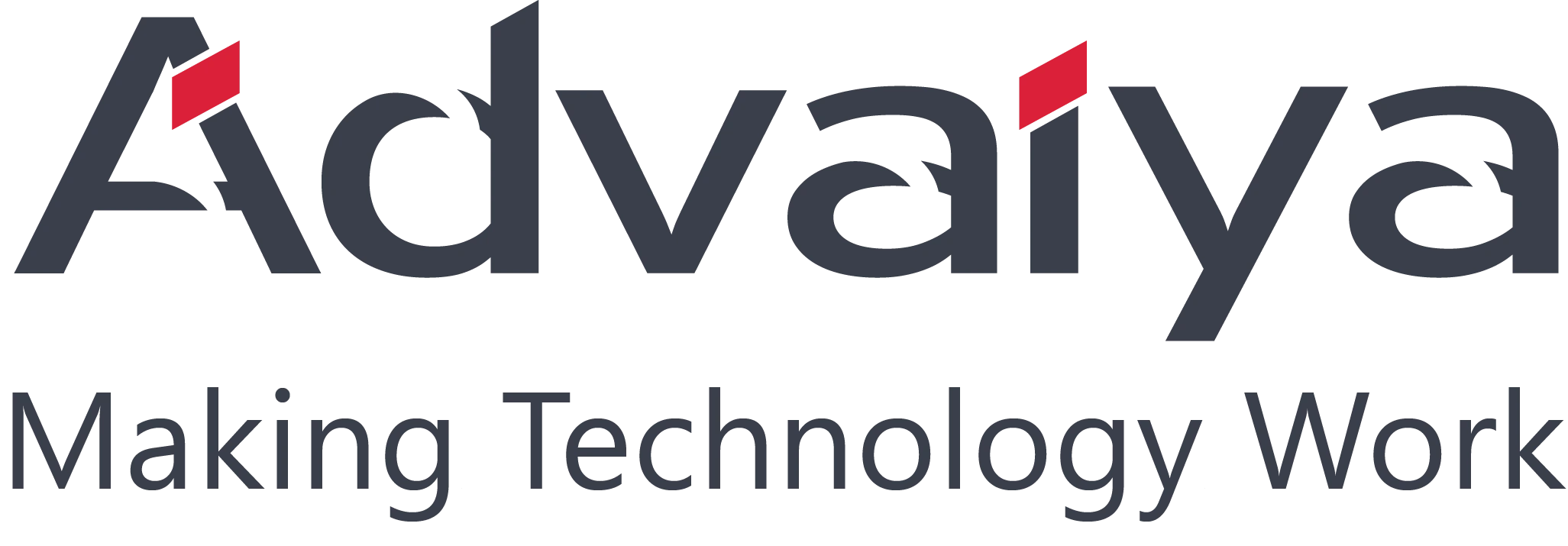As SharePoint server 2016 is released, SharePoint migration has become a hot topic for many organizations. SharePoint server 2016 has come with many enhancements, encouraging organizations to migrate to this new version.
What are the new and improved features in SharePoint?
I have listed the major add-ons in SharePoint 2016 over the previous versions as below:
- Cloud accelerated experiences
- Easier hybrid features and experiences available for easier upgrade
- One Drive for Business and Delve
- Predictive analytics
- File sharing improvements
- File size is increased up to 10GB for uploading purposes. Earlier, it was around 2GB
- Durable links
- Document connectivity through One Drive
- Size of content databases reach TBs>
- Improved user experiences
- Improved mobile experience
- Personalized insights
- Zero downtime patching
- >Data loss prevention capabilities
Possible Migration Paths
- Direct upgrade from SharePoint 2013 to SharePoint 2016, as hinted by Microsoft.
- Upgrade from SharePoint 2010 to SharePoint 2016- As direct migration from SharePoint 2010 to SharePoint 2016 is not yet confirmed, migration from SharePoint 2010 to SharePoint 2013, and then from SharePoint 2013 to SharePoint 2016 is an option without much hassle.
Moreover, there are two possible ways – Clean install versus In-place upgrade
- Perform an in-place upgrade- According to Microsoft, SharePoint 2016 can be installed directly on the top of an existing installation of SharePoint 2013.
- These migrations consider that organizations are not moving wholesale to office 365.
- Many of the users are still operating on on-premises.
- Organizations having older versions of SharePoint, i.e. other than SharePoint 2013 will need to perform “leapfrog SharePoint migration”. This technique includes-
- Upgrading from SharePoint older version to SharePoint 2013.
- Then, upgrading from SharePoint 2013 to SharePoint 2016.
- Clean Installation- The second possibility is “clean installation”, attaching a content database from previous SharePoint deployment.
-
- This process is relatively straight forward and is same as the process for upgrading to SharePoint 2013 from an earlier version.
The process goes as this –
- The first step in the migration process is to create a SharePoint 2016 farm.
- As the new SharePoint 2016 farm is created, the content databases be copied from SharePoint 2013 to SharePoint 2016 and attached.
- When the attachment is done, the administrator should then upgrade any service applications, and also upgrade the content databases.
- Finally, the site owners would need to upgrade their site collections.
Below are the hardware and software system requirements to install and run SharePoint 2016:
Hardware Requirements: –
Database Server- 64-bit processor (4 cores), 8-24 GB RAM, 80 GB Hard Disk
SharePoint Server- 64-bit processor (4 cores), 8-12 GB RAM, 80 GB Hard Disk
Software Requirements: –
Database Server- Windows Server 2012 R2- with latest updates
SharePoint Server- Windows Server 2012 R2- with latest updates
Hope you find these installation details helpful. You can also read my blog on SharePoint 2016 migration checklist, which may help you in preparing for a SharePoint 2016 migration.


